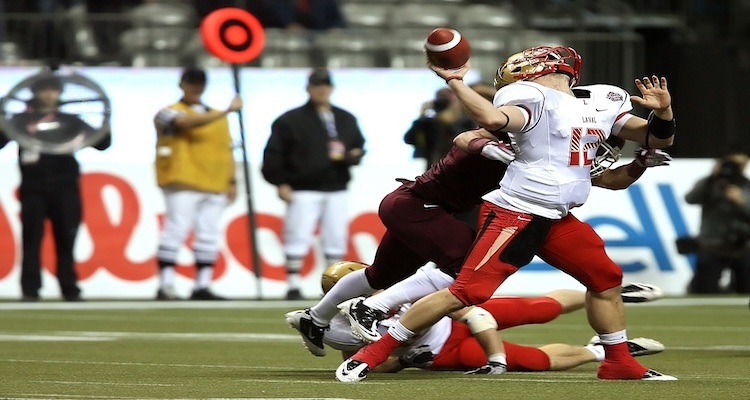
Back pain is a prevalent issue that affects individuals of all ages and backgrounds. It can stem from various factors, including poor posture, muscle strain, injury, or underlying medical conditions. Lower back pain, in particular, is one of the most common complaints, often caused by prolonged sitting, lifting heavy objects, or engaging in strenuous activities without proper preparation.
The causes of back pain can be multifaceted, ranging from structural issues like herniated discs or spinal stenosis to muscular imbalances or tightness. Additionally, factors like stress, obesity, and a sedentary lifestyle can contribute to the development or exacerbation of back pain. Identifying and addressing the root cause is crucial for effective treatment and long-term relief. In sport, high training volume, periods of training load increase and years of exposure are common risk factors for back pain.
Sports massage is a specialized form of massage therapy that focuses on addressing the unique needs of athletes and active individuals. However, its benefits extend far beyond the realm of sports, making it an excellent choice for those seeking relief from back pain. Here are some of the key advantages of incorporating sports massage into your back pain management routine:
Lower back pain is a prevalent issue that can significantly impact an individual's quality of life. Sports massage techniques can be particularly effective in addressing lower back pain due to their ability to target specific muscle groups and release tension in the affected areas.
One of the primary techniques used in sports massage for lower back pain is trigger point therapy. This involves applying focused pressure to specific points or "knots" in the muscles, which can help to release tension and alleviate pain. Trigger points in the lower back region are often found in the quadratus lumborum, gluteal muscles, and the erector spinae group.
Another effective technique is myofascial release, which targets the fascia, the connective tissue that surrounds and supports the muscles. By applying sustained pressure and stretching techniques, myofascial release can help to release restrictions and adhesions in the fascia, improving mobility and reducing pain.
Additionally, sports massage therapists may incorporate stretching and range-of-motion exercises into the session, which can help to further alleviate lower back pain and improve overall flexibility.
Sports massage employs a variety of techniques to address back pain and promote overall muscle recovery and relaxation. Here are some of the most commonly used techniques:
The specific techniques used will depend on the individual's needs and the therapist's assessment of the underlying causes of back pain.
After a sports massage session focused on back pain relief, proper aftercare and self-care are essential to maximize the benefits and support the healing process. Here are some tips to follow:
By following these aftercare and self-care tips, you can enhance the effectiveness of your sports massage sessions and support long-term back pain relief and overall well-being.
To ensure the best possible experience and results when seeking sports massage for back pain relief, it's crucial to find a qualified and experienced massage therapist in your area. You can find a great selection here from physiotherapists, through to sport therapists on our directory of sport performance specialists. In addition, here are some tips to help you locate a reputable sports massage therapist:
By taking the time to find a qualified and experienced sports massage therapist, you can increase your chances of achieving effective back pain relief and overall satisfaction with your treatment.
If you're experiencing back pain and looking for relief, consider booking a sports massage session with a qualified therapist in your area. Don't let back pain hold you back any longer. Take the first step towards a pain-free life by scheduling your appointment today. Our team of experienced sports massage therapists is dedicated to helping you achieve long-lasting relief and improved overall well-being.
Back pain can be a debilitating condition that affects an individual's quality of life, but sports massage offers an effective solution for relief and management. By targeting specific muscle groups, releasing tension, and improving circulation, sports massage can alleviate back pain, reduce inflammation, and promote overall relaxation.
Through techniques like trigger point therapy, myofascial release, and targeted stretching, sports massage therapists can address the underlying causes of back pain and provide tailored treatment plans. Additionally, the incorporation of self-care practices, such as hydration, heat or cold therapy, and stress management techniques, can enhance the benefits of sports massage and support long-term pain management.
While finding a qualified and experienced sports massage therapist is crucial, the investment in regular sessions can lead to significant improvements in back pain, increased mobility, and an overall enhanced quality of life. By prioritizing self-care and seeking professional support, individuals can take control of their back pain and embark on a journey towards lasting relief and well-being.
